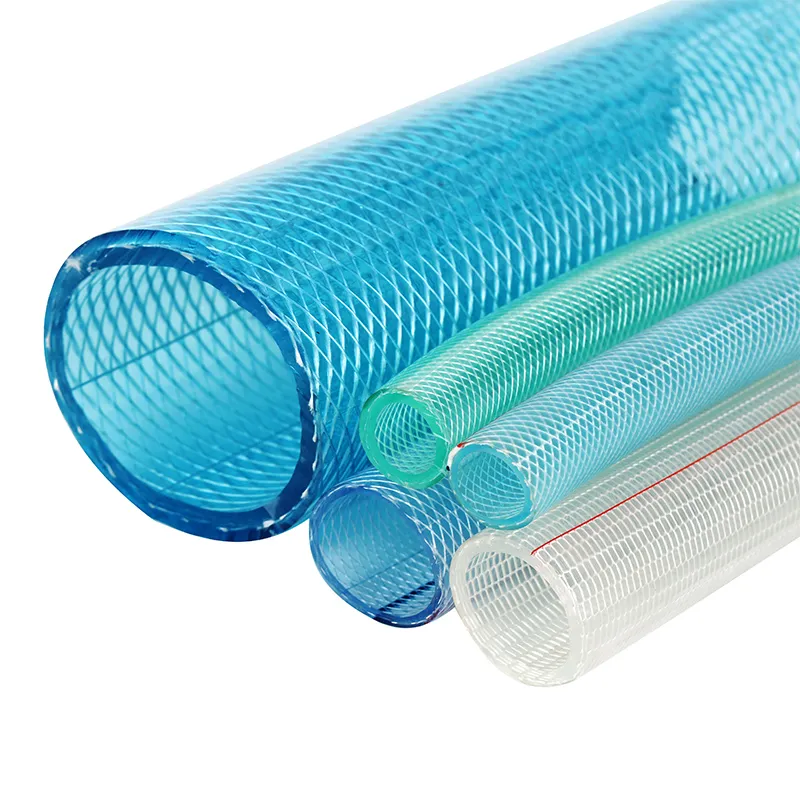Understanding Vacuum Tubing Applications and Benefits in Various Industries
Understanding Vacuum Tubing Applications and Innovations
Vacuum tubing is an essential component in various scientific and industrial applications, primarily due to its ability to maintain a vacuum environment, which is vital for numerous processes. These specialized tubes are designed to transport gases or liquids under reduced pressure, allowing for experiments and applications that would otherwise be impossible in a normal atmospheric environment. In this article, we will explore the fundamental principles of vacuum tubing, its applications, and recent innovations in this field.
The Fundamentals of Vacuum Tubing
At its core, vacuum tubing is engineered to create and maintain a vacuum seal. The structure of these tubes often consists of strong, lightweight materials such as glass or specialized polymers that can withstand external atmospheric pressure while preventing contamination from the external environment. The effectiveness of vacuum tubes is significantly influenced by their design; for instance, the thickness of the walls, the material used, and the precision of the seals all play crucial roles in ensuring that the vacuum is preserved.
Vacuum tubes operate on the principles of reduced pressure, which lowers the boiling point of liquids and increases the efficiency of chemical reactions. By eliminating air and other gases, vacuum tubing minimizes oxidation and other unwanted reactions, allowing scientists and engineers to achieve results that are not feasible in traditional conditions.
Applications of Vacuum Tubing
The applications of vacuum tubing span numerous industries, including scientific research, manufacturing, and even medicine. Here are some notable examples
1. Scientific Research In laboratories, vacuum tubing is often used in experiments that involve delicate materials or chemical reactions sensitive to air or humidity. For instance, vacuum distillation relies on these tubes to facilitate the separation of components in a mixture without the risk of oxidation.
2. Semiconductor Manufacturing The semiconductor industry extensively employs vacuum tubing in processes such as chemical vapor deposition (CVD) and physical vapor deposition (PVD). These processes require precise conditions to create thin films and coatings on semiconductor materials, making vacuum tubing indispensable.
3. Television and CRTs Vacuum tubes were originally utilized in the production of cathode-ray tubes (CRTs) used in old televisions and computer monitors. Though largely replaced by advanced technologies, the principles behind vacuum tubing still play a role in developing contemporary electronic devices.
vacuum tubing

4. Medical Equipment In the medical field, vacuum tubes are critical for applications such as blood sampling and analysis. These tubes create a controlled environment that preserves the integrity of the samples, ensuring accurate diagnostic results.
Innovations in Vacuum Tubing
As technology continues to advance, so too does the design and functionality of vacuum tubing. Recently, there have been several notable innovations in this field
1. Material Advancements The development of new materials, such as high-strength composites and specialized polymers, has led to vacuum tubes that are not only lighter but also more resistant to chemical exposure and temperature fluctuations.
2. Improved Sealing Technologies Innovations in sealing technology have made it possible to create vacuum tubes that maintain their integrity for more extended periods. Advanced sealing methods reduce the risk of leaks, which is crucial for high-precision applications.
3. Smart Vacuum Tubing The integration of smart technologies into vacuum systems allows for real-time monitoring of vacuum levels and environmental conditions. This innovation enhances the reliability of experiments and manufacturing processes by providing valuable data that can lead to process optimization.
4. Sustainable Practices With an increasing focus on sustainability, researchers are exploring ways to recycle and repurpose vacuum tubing materials. Developing eco-friendly options is becoming a priority in various industries, aligning with broader environmental goals.
Conclusion
Vacuum tubing is a critical component that underpins many technological processes and innovations across numerous fields. Understanding its principles, applications, and recent advancements is crucial for those looking to harness the potential of vacuum environments. As industries continue to evolve, so will the technologies associated with vacuum tubing, promising exciting developments that will further enhance our scientific and industrial capabilities. Whether in the lab, in manufacturing, or in healthcare, vacuum tubing exemplifies how foundational technologies can lead to groundbreaking results.
-
Welded Wire Mesh Panel: Durable, Versatile, and AffordableNewsJul.28,2025
-
Top Quality Oxy Acetylene Hoses for Sale Fit for Welding DemandsNewsJul.28,2025
-
The Future of Pneumatic Air Tubes in IndustryNewsJul.28,2025
-
Superior and Reliable LPG Hose Pipe Solutions for Every NeedNewsJul.28,2025
-
Exceptionally Durable and Versatile Premium Braided PVC TubingNewsJul.28,2025
-
Best Adapters for Connecting Garden Hose to PVC Pipe ConnectionsNewsJul.28,2025














